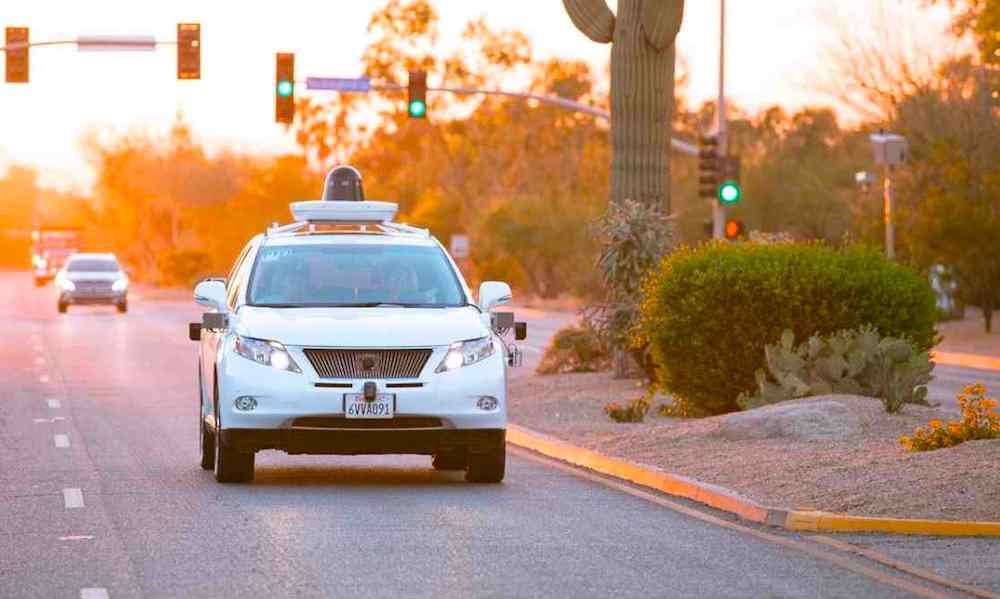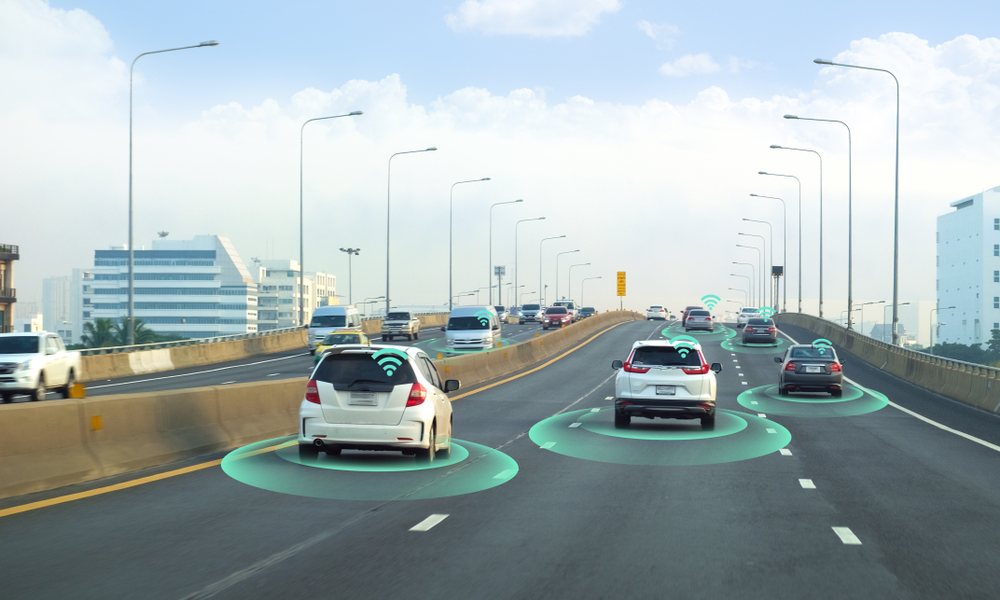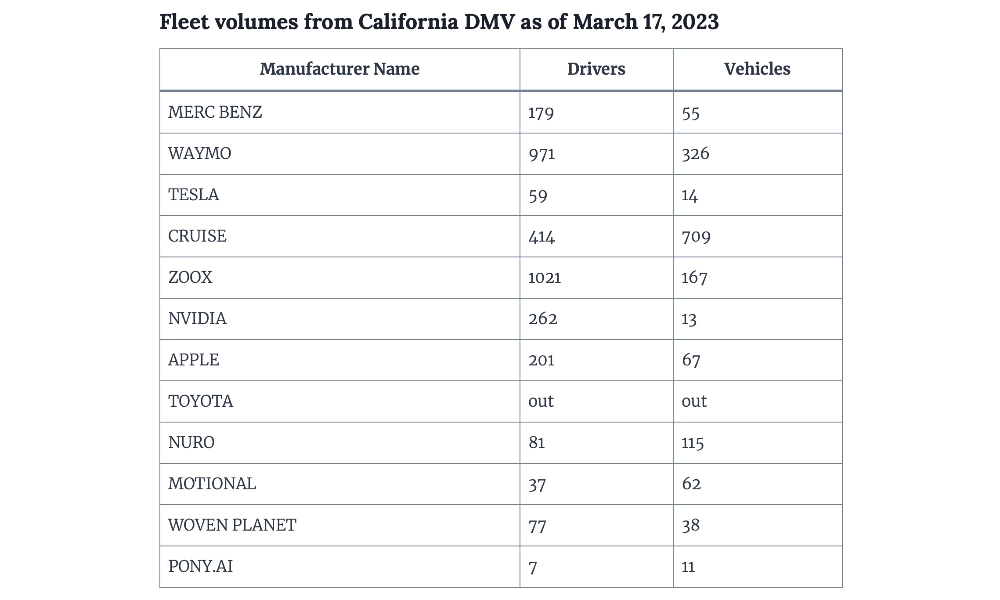Apple Now Has Over 200 Drivers Testing Apple Car Systems

Toggle Dark Mode
By all reports, it will still be a few years before we see Apple’s mythic “Apple Car” appear, but the company is still hard at work perfecting the autonomous driving systems that are expected to be a core feature of its new vehicle.
While the details of Apple’s ambitions for the design and features of its car are somewhat murky, the need to road-test autonomous driving systems forced the company to disclose its work on self-driving safety standards about four years ago, confirming long-standing rumours that it had a small fleet of cars dedicated to testing the self-driving tech.
Of course, Apple is far from alone in road-testing self-driving cars. Collectively, Apple, Alphabet/Waymo, GM’s Cruise, Uber, and others have spent over $16 billion on research and development, and many of Apple’s rivals boast considerably larger fleets of test vehicles.
Still, even with a smaller number of vehicles, Apple has been moving slowly and steadily to improve its self-driving tech fleet, and data recently obtained by macReports reveals that it now has 201 authorized drivers on file with the California Department of Motor Vehicles (DMV), crossing the 200-mark for the first time.
Despite the increase in drivers, Apple doesn’t appear to have added any new vehicles — it still only has a fleet of 67 cars. According to macReports’ information, Apple also has yet to apply for a driverless permit, which means all of its autonomous vehicle testing still requires human safety drivers to be in the car. According to the California DMV permit holders page, only seven companies have been issued these permits as of November 2021. This includes GM’s Cruise and Alphabet’s Waymo, both of which also have considerably larger numbers of both vehicles and drivers.
Most companies who are conducting autonomous vehicle testing in California, including Apple, have a driver-to-vehicle ratio of around 3:1. Apple has 201 drivers for 67 cars, Waymo has 971 drivers for 326 vehicles, and Mercedes-Benz has 179 drivers for 55 vehicles. Some like Tesla and Zoox have even more drivers compared to the number of test vehicles, and Nvidia seems to be just dipping its toes in the water right now, with 262 drivers for only 13 cars.
However, Cruise notably goes in the other direction, with 414 drivers to 709 cars. This could be an indication of how far ahead GM is in the fully autonomous phase of testing. Of the seven companies that are licensed to perform fully autonomous driverless testing, most have less than a half-dozen vehicles on the road. Cruise and Waymo have a massive lead in this category, with 301 and 265 cars on the road, respectively, as of March 17, according to macReports.
The Winding Road of Apple’s Car Ambitions
Code-named “Project Titan,” rumours of Apple’s self-driving ambitions go back to at least 2014. However, it’s been a pretty crazy ride trying to figure out exactly what Apple’s been up to.
The earliest rumours suggested the company was building an actual car for release in 2019, but that obviously didn’t happen — at least not in this reality. Looking back, it seems obvious how ambitious those predictions were, but it’s also important to remember these were based primarily on speculation by analysts and leakers. Apple has never officially even hinted that it’s working on a full vehicle, much less offered up a timeline for one.
The most we’ve ever heard from Apple on the subject are the occasional comments by CEO Tim Cook during investor calls that autonomous driving systems are something that the company finds “interesting.”
Still, it’s not inconceivable that Apple was committed to a much more aggressive timeline, and simply ran into some serious roadblocks along the way. However, by 2016 things appeared to be falling apart within the project, with key staff members departing, and attempts at partnerships with established carmakers falling flat. It began to feel like Apple had underestimated the level of complexity involved in building an actual car.
By late 2016, we began seeing reports that Apple had killed the vehicle side of the project and would be focusing on self-driving software systems instead — presumably technology that could be added to other vehicles.
While it obviously doesn’t include any autonomous driving technology, Apple’s CarPlay 2.0, unveiled alongside iOS 16 last June, provides a glimpse of how Apple could use its software expertise to revolutionize the dashboard. Whether it will get any traction with carmakers is another matter.
Despite this seeming shift to in-car systems, rumours persisted that Apple’s car ambitions were still alive, but had perhaps been put on the back burner. Things got pretty quiet on that front until 2018 when reputable analyst Ming-Chi Kuo suggested an actual Apple Car was slated to appear sometime between 2023 and 2025.
Following that initial report, details about Project Titan began to heat up again, with reports of staff changes, high-profile executive reassignments, and new talent acquisitions joined by reports of Apple courting manufacturing partners from Hyundai to LG.
There’s enough going on to confirm that Apple is still hard at work on building an actual vehicle that’s expected to launch in 2026. However, most reports now point to the first-generation Apple Car lacking full self-driving technology. In December, Bloomberg’s Mark Gurman said sources had told him Apple is more concerned about getting the vehicle to market as soon as possible, rather than taking the extra time needed to perfect the self-driving technology.
That doesn’t mean the Apple Car won’t have some autonomous features, but it won’t be the futuristic steering wheel-less design that Apple has reportedly been shooting for ever since Jony Ive designed the first prototype. The more ambitious design would have had a more luxurious interior with passengers facing each other.
Instead, Gurman indicates that it will “only support full autonomous capabilities on highways,” according to his sources, and therefore have a more traditional interior layout. The partially autonomous systems could allow drivers to relax on longer trips and even watch a movie or play a game while the Apple Car handles the more routine task of staying on the highway and maintaining speed. The driver would likely still need to remain conscious and ready to take over when nearing an exit or encountering more challenging weather conditions.
If the 2026 release schedule is accurate, Apple will likely have a prototype of the vehicle ready for testing by early 2025. Apple is also now trying to price the vehicle under the $100,000 mark, despite earlier rumours that it was going to likely be more than $120,000. That’s probably going to be more achievable now that Apple has scaled back its full self-driving plans.











